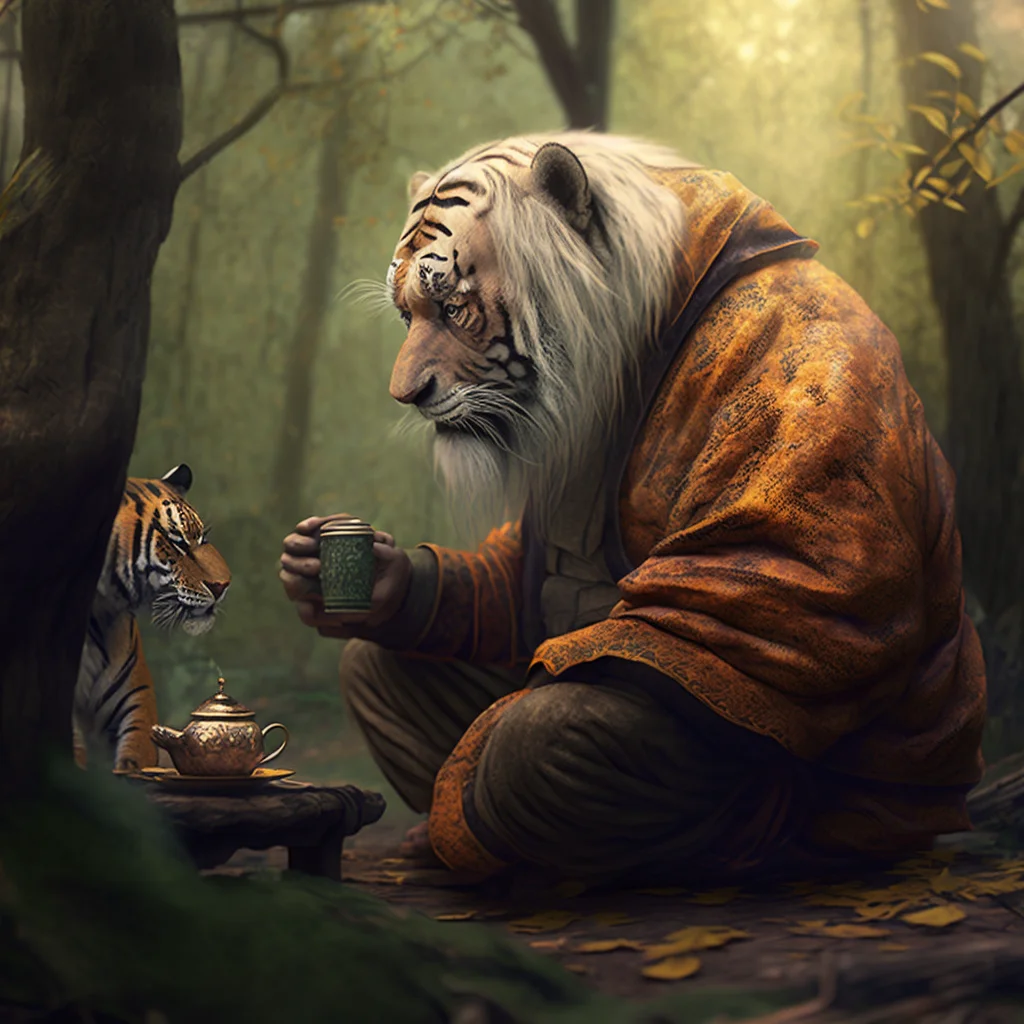The Evolution of Tea Culture: How It Has Changed Over Time
Tea culture has evolved significantly over time, shaped by cultural, social, and economic factors. Originally discovered in China, tea was initially consumed for medicinal purposes. Over centuries, it transformed into a social and ceremonial beverage, spreading to other parts of Asia and eventually Europe.

In China, tea ceremonies became elaborate rituals, emphasizing the preparation and presentation of tea. During the Tang and Song dynasties, tea gained popularity among the elite, leading to the development of various tea types and specialized utensils.
In Japan, the tea ceremony (Chanoyu) became an integral part of Zen Buddhism, emphasizing mindfulness and aesthetics. The Japanese tea culture focuses on the appreciation of simplicity and harmony in tea preparation and consumption.
Tea reached Europe in the 17th century, sparking a cultural shift. In England, afternoon tea became a social custom, evolving into a leisurely affair with delicate pastries and finger sandwiches. Meanwhile, in India, the British popularized tea cultivation, establishing plantations that significantly impacted global tea production.
In the 20th century, the globalization of tea led to diverse preferences and brewing methods. Convenience-driven tea bags gained popularity, altering traditional brewing practices. Additionally, the rise of specialty teas and tea shops reflects a contemporary emphasis on quality and unique flavor profiles.
Today, tea culture continues to adapt, blending tradition with modern trends. The resurgence of interest in artisanal teas, sustainable practices, and the integration of tea into wellness trends showcase the ongoing evolution of this ancient beverage’s cultural significance.
Leave a Reply